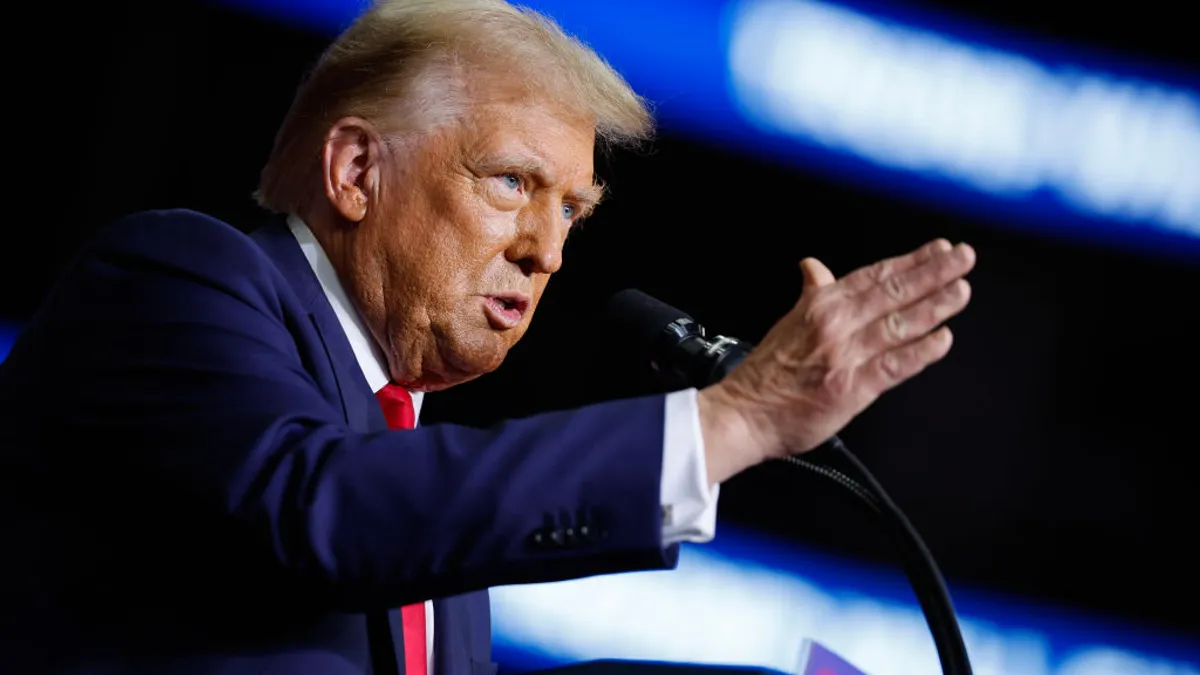Dive Brief:
- Goldman Sachs promoted 608 executives to the role of managing director, the investment bank announced on Thursday.
- The number of employees elevated to the role this year represents a 5% drop from the record 643 the bank named in its last cohort in 2021. Around 47% of the class hails from Goldman’s investment banking and trading division, while another 24% are in asset and wealth management, The Wall Street Journal reported.
- The investment bank’s latest managing director class, which it names on odd-numbered years, reflects the firm’s efforts to refocus on core competencies, following a retreat from retail banking.
Dive Insight:
“Our 2023 class reflects the firm’s ongoing focus on advancing our strategic objectives, as well as on continuing to invest in our global footprint as we stay close to our clients around the world,” the bank said in a statement.
Goldman has been distancing itself from an ambitious consumer strategy, amid mounting losses and growing skepticism over the performance of Marcus, its consumer-focused platform.
A small portion of the group (2%) are from Platform Solutions, the division of the bank that houses most of the firm’s consumer-lending operations, the Journal reported.
Managing directors are given access to Pine Street, Goldman’s leadership-training program, along with private investment funds and a personal wealth adviser. The bank, at one time, guaranteed managing directors a minimum base salary of $500,000, but did away with that promise years ago, according to the Journal.
The role’s current typical base salary stands at $400,000, the Journal reported.
While women comprised a record 31% of the class, up from 30% in 2021, Black executives only made up 2% of the latest cohort, down from 5% in 2021. Hispanic or Latinx executives made up 4%, down from 5% in 2021.
Asian executives accounted for 31% of the class, compared to 28% in 2021, while the percentage of LGBTQ+ executives was 3%, unchanged from 2021.
This year’s managing director class also included veterans, accounting for 3% of the group. The bank did not list veterans in the demographic breakdown of 2021’s class.
"We remain committed to achieving our aspirational goals and increasing representation at all levels of the firm," a company spokesperson told Reuters. "While we've made progress in developing a diverse pipeline of talent, we recognize there is much more work to be done."
The latest class spans 44 offices, Goldman said in a statement. The executives’ new roles become effective Jan. 1.
“As always, these decisions are extremely difficult. We would like to acknowledge those not selected this year and their continued contributions to their teams and the firm,” the bank said in a statement.











